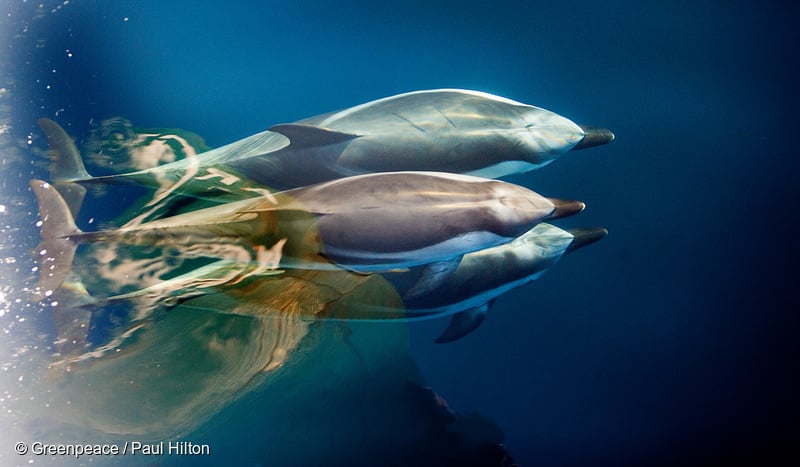30 years ago today, something remarkable happened. Governments around the world agreed to make the Antarctic off-limits to oil drilling and mining.
In the 1980s the debate of the fate of the Antarctic got intense, as interest in the continent’s oil and mineral reserves surged. Together with other organisations, Greenpeace was adamant about protecting one of the world’s last wildernesses.
We knew that governments could only lay claim to Antarctica if they built a base there. So to gain a place at the negotiating table, Greenpeace set about doing the same.
In 1987, we set sail. After years of campaigning, we went from being laughed at, to becoming a respected player in negotiations for the future of the continent. And gradually, more and more nations signed up to the ban on mining and drilling for fossil fuels.
The visionary agreement made on October 4 1991 is known as The Protocol on Environment Protection to the Antarctic Treaty, or The Madrid Protocol. It has two important lessons: 1) We need to respect the planetary boundaries and learn to live within them, rather than racing to the ends of the world to exploit; 2) Everything is possible when we work together.
30 years later, those learnings are timely. These same lessons are what we need to tackle the climate and nature emergency facing our planet today. Not even the Antarctic is remote enough to be safe from climate breakdown, pollution and destructive fishing. In recent years, we have witnessed the Antarctic glaciers retreating, plastic pollution spreading, and penguin populations crashing.
The Antarctic Ocean Commission is made up of 25 governments and the European Union. Their job is to protect Antarctic marine life. But despite their commitment to create a network of Antarctic ocean sanctuaries, this group of decision-makers has let exploitation drive its agenda for far too long, and protecting the oceans has been left behind. But it is not too late.
True leaders would cut emissions back in their home countries, whilst working together to create vast ocean sanctuaries, off-limits to destructive industries, to give nature a chance to heal. And they would act right now: the world is expecting concrete action to give Antarctic waters a way back from the brink. We must protect at least 30% of the global oceans by 2030. When the Antarctic Ocean Commission will start their annual meeting in two weeks’ time, the leaders’ words will be tested.
Leaders of today have their chance to shape the fate of the oceans all around the planet, for generations to come, by creating a strong Global Ocean Treaty at the UN next year. Our global oceans belong to us all and we need to make sure everyone can benefit from the food, oxygen and scientific advances they provide. We need to change the way we take care of our oceans, business as usual has been driving them to the brink of collapse. A Global Ocean Treaty is about putting justice and protection at the core of how we manage our oceans.
Right now, New Zealand does not support the strongest version of the Global Ocean Treaty. Together, we have to change that.
By opening the door to a network of fully protected ocean sanctuaries, in areas beyond national boundaries, the Global Ocean Treaty could improve the capacity of the global ocean to respond to the worst impacts of climate change, stop biodiversity loss and bring enormous benefits for coastal communities, whose food security and livelihoods are threatened by climate change, unsustainable industrial fishing practices, and pollution.
Nearly four million people around the world are calling on their governments to make history by protecting the oceans. Join us here.

From climate change and plastics, to deep sea mining and overfishing – the threats facing our oceans are growing and becoming more urgent by the day. Here’s how we protect them.
